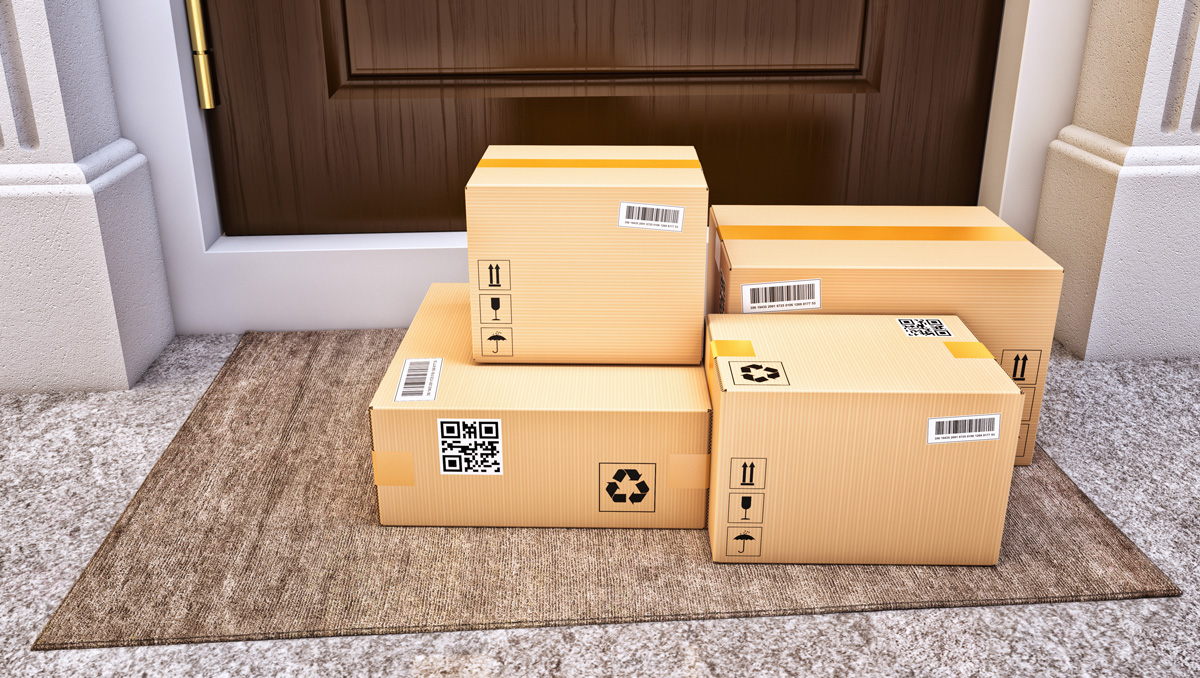Where Does Money Really Come From?

The pandemic has thrown families everywhere a real curveball to say the least. But social distancing doesn’t only present challenges. For example, a benefit of all the extra together-time, is the opportunity to talk with your children about money. If you only do this for 10 minutes a night for one week, your family will be able to exit the pandemic with money-smarter kids.
You don’t need to be an expert, or download an App. You only have to take some of the time you are already spending together – and make sure that your children are in possession of some simple facts. We promise, this can’t help but help them have a greater respect for your family’s hard-earned income. Do you have Grade School kids at home with you right now? At dinner tonight, consider asking them: Where does money come from?”
We normally conduct in-classroom workshops, so we spend a lot of time discussing money with children – and even we continue to be amazed at the answers we receive to that very question. (Aunt Kira’s phone, the window across the street from Tim Horton’s, Daddy has a plastic card…) You too will likely be amused, if not shocked. Brace yourself, and try not to correct errors in understanding immediately. Just take your children’s answers in – and recognize that they are describing the world they see around them. It’s a world where electronic banking and payment systems are the rule versus the exception.
Think about it, most kids today do in fact see their parents using what must appear to be “magic” plastic cards to help them get everything from a morning coffee, to a tank of gas, or cart of groceries. Very few children in Canada or the United States know a society where things can only be purchased if you have the physical currency required to pay in your hands. FinTech can be wonderfully efficient, but it has also removed many of the physical and visual cues today’s parents had to teach them about them about money.

You know that your credit card, debit card, ApplePay or Venmo all ultimately lead back to your bank account – but do your children?
Children need to know that when you use a credit card or payment app on your phone, it is because you worked and received wages for that work – and that it is those wages you are spending with a Debit Card or ApplePay or Venmo. They need to understand that FinTech solutions are merely payment methods – that have be funded. Very simply put, the order of operations is work, get paid, then spend your pay…using whichever method works best for you.
Show them a monthly banking or credit card statement, the hard copy or online. Let them see how every swipe of a “magic plastic card” results in an obligation to give up some of the money you have earned working. Explain what happens when there are more card swipes than income on a monthly basis. You could even explain that Credit Card limits typically start out small, and that increases are earned by paying your monthly bills on time.
Depending upon your family’s age and stage, tangential conversations can and do tend to arise once the Pandora’s Box of a conversation about money has been opened. Such as “Why don’t you get a different job?” But the primary purpose of the “Where does money come from?” dinner, is just to make sure that your younger children know for a fact, that spending is paid for by your hard work – not a plastic card or App.
Hang onto hope everyone. Let’s get through this thing, if nothing else, with money-smarter kids.
If you are interested in how children research the full value of a request or purchase (before they make it) at one of our in-classroom workshops, please click on the Green or Pink Buttons below. Of course, they can also do this at home!




